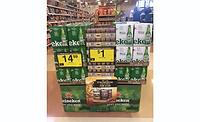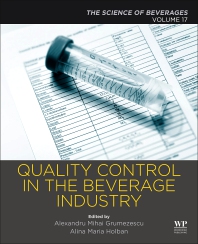The leading alcohol beverages of the summer
Increased flavor options leading the charge

To celebrate Independence Day and summer, American consumers’ drink options continue to abound. According to New York-based Nielsen’s consumer insight titled “A Flavorful Fourth of July,” broadly appealing flavor profiles are dominating the beverage alcohol market.
Flavored malt beverages (FMBs) and coolers, which already are worth more than $2.5 billion annually, have seen their annual dollar sales increase 4.9 percent for the 52 weeks ending April 22, the market research firm reports.
Flavored spirits also have shown their value to the market as they account for more than $1.7 billion in annual consumer purchases. Among the category’s segments, flavored vodka accounts for $768 million followed by flavored whiskey with $718 million annually. Flavored rum, however, is a distant third with $226 million annually, according to Nielsen data.
Albeit from a smaller base, the market research firm also highlights the growing value of hard seltzers. Worth $60 million annually, the emerging alcohol segment grew more than 900 percent in the past year, Nielsen notes.
Flavor options also proliferated within the wine category. Rosé now represents 1.5 percent of the total table wine category, accounting for more than $207 million in annual sales. Also noteworthy for Rosé is that it grew 53 percent in the 52 weeks ending April 22. A four-week snapshot highlights that the wine varietal’s sales increased 70 percent ending April 22.
Sparkling Rosé also has performed well with sales up 19 percent in the 52-week time period, accounting for $139 million in sales, according to Nielsen data.
In Nielsen’s insight, the market research firm encouraged retailers and manufacturers to embrace evolving consumer tastes leading up to the holiday weekend.
“When it comes to celebrating Independence Day, some things may never change: fireworks, barbecues and spending time with friends and family,” Nielsen states. “However, as the American population evolves and becomes more multicultural, the flavors that are mixed in with classic dishes are changing — no longer are domestic beer and barbeque sauce the only offerings. As retailers and manufacturers plan ahead, their holiday strategies should consider a wide range of flavors and cultural items that will help them meet the demands of an increasingly diverse market.”
Looking for a reprint of this article?
From high-res PDFs to custom plaques, order your copy today!








